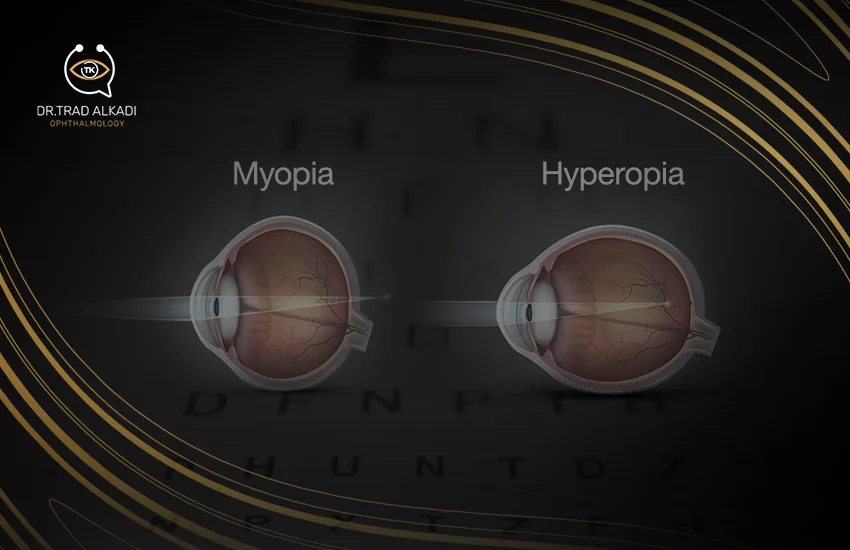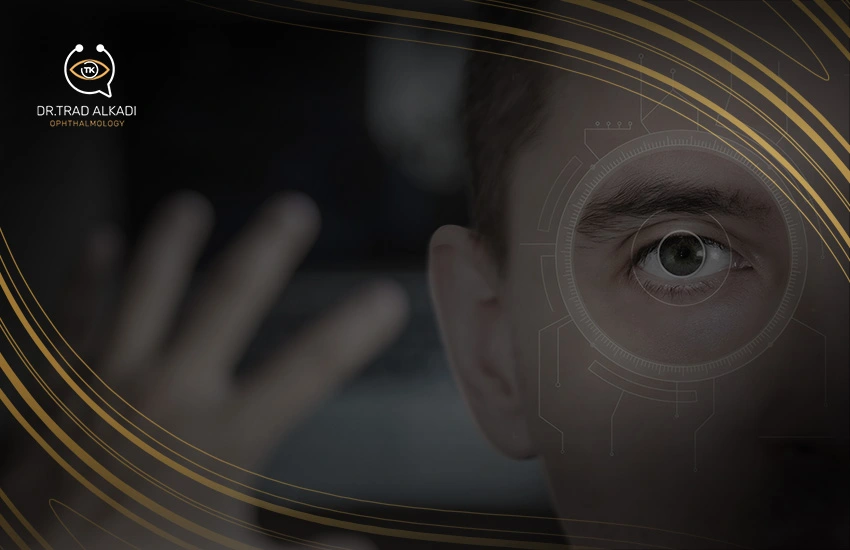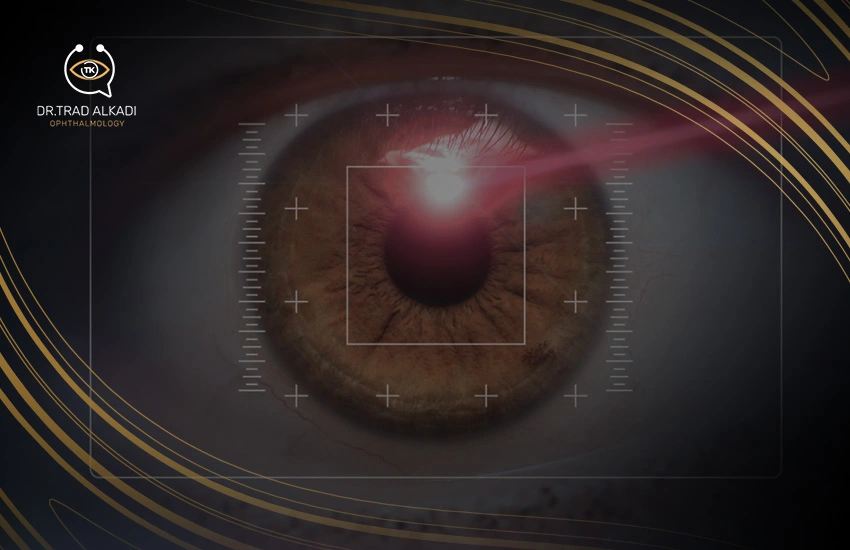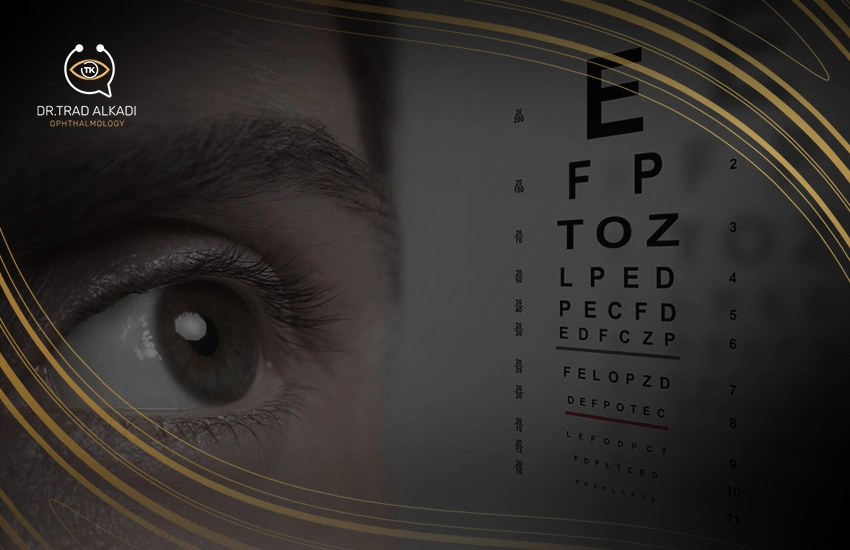Have you ever wondered why some people squint to see distant objects while others struggle to read a text message up close?
You are not alone if you find yourself confused between these two common vision problems. Understanding myopia vs hyperopia is the first step toward finding the right solution for clear, comfortable vision.
Today, we will guide you through the differences, symptoms, and modern treatment options for both conditions, answering all the critical questions you may have.
What’s Myopia?
When people talk about nearsightedness, they are referring to myopia.
If you have been asking yourself, “What is presbyopia?”, the simplest answer is: it is a refractive error that prevents the eye from focusing correctly on distant objects.
If you have myopia, distant objects appear blurry while close-up tasks like reading and texting remain sharp. This happens because the eyeball is too long or the cornea has too much curvature, causing light rays to focus in front of the retina.
Common myopia symptoms include:
- Blurry vision when looking at distant objects.
- Headaches caused by eye strain.
- Difficulty seeing road signs while driving.
- Frequent squinting or blinking to see better.
Myopia often begins in childhood and may worsen during adolescence. It is becoming increasingly common worldwide due to increased screen time and reduced outdoor activities.
More About Vision Problems: Hyperopia and Presbyopia
Hyperopia, commonly known as farsightedness, is the opposite of myopia.
People with hyperopia can often see distant objects clearly but struggle with near tasks like reading or sewing. This condition occurs when the eyeball is too short or the cornea is too flat, causing light to focus behind the retina.
However, many confuse hyperopia with presbyopia.
-
What is presbyopia?
If you are wondering what is presbyopia, it is a natural part of aging where the eye’s lens loses its flexibility, making it harder to focus on close objects.
Early presbyopia can start as early as the mid-40s and shares symptoms with hyperopia, but the cause is different.
Moreover, there are different types of presbyopia depending on severity and the age of onset.
Myopia vs Hyperopia: The Key Differences
When comparing myopia vs hyperopia, the differences are mainly in how the eye focuses light, leading to vision problems.
| Aspect | Myopia | Hyperopia / Presbyopia |
| Vision Impact | Blurry distance vision. | Blurry near vision. |
| Eye Shape | The eyeball is too long. | The eyeball is too short, or the lens is stiff. |
| Focus Point | In front of the retina. | Behind the retina or the stiff lens. |
| Typical Onset | Childhood or adolescence. | Adulthood, especially after 40. |
| Common Correction | Concave lenses, contacts, and surgery. | Convex lenses, reading glasses, and surgery. |
Can Myopia Improve with Age?
One of the most common questions is: “Can myopia improve with age?”.
Unfortunately, myopia typically stabilizes after adolescence but does not improve naturally. In some rare cases, slight improvements occur due to natural changes in the eye’s lens as people age, but relying on this change is not considered a solution.
Instead, modern treatments aim to manage or correct myopia effectively, providing a reliable and lasting solution.
Myopia Cure and Treatment Options
While a natural myopia cure does not exist, several effective treatments are available to correct or control its progression:
-
Eyeglasses and Contact Lenses
In both eyeglasses and contact lenses, a concave myopia correction lens is used to adjust the focus onto the retina.
-
Refractive surgery
Procedures like LASIK permanently reshape the cornea.
-
Intraocular Lens Implant
For severe cases or those who are not good candidates for refractive surgeries, inserting a phakic intraocular lens implant, such as an Implantable Collamer Lens, offers a safe and effective solution that improves vision.
Choosing the ideal treatment option depends on the degree of myopia, age, eye health, and lifestyle preferences.
Hyperopia and Presbyopia Treatment Options
Hyperopia and Presbyopia treatment options include:
- Reading glasses for mild cases.
- Bifocal or progressive lenses for those with combined distance and near vision needs.
- Contact lenses are designed for multifocal use.
- Surgical options like lens replacement surgery or corneal inlays.
Advancements and innovations in ophthalmology offer more personalized solutions than ever before, making it easier to maintain a clear vision at every stage of life.
Lifestyle Impact on Choosing the Right Correction
Refractive errors significantly impact daily life if left uncorrected. Choosing the right correction method restores not just your vision but your quality of life.
Thus, when considering the ideal treatment for refractive errors, the following factors are taken into account:
- Your daily visual demands (e.g., driving, reading, using a computer).
- Your age and how your vision may change over time.
- Your openness to surgical versus non-surgical solutions.
Choosing the right myopia correction lens or presbyopia treatment can make everyday tasks easier, more comfortable, and much more enjoyable.
Understanding Your Vision Health Is Empowerment
Now that you understand the difference between myopia vs hyperopia, you are better prepared to discuss your experiences with blurry vision, whether near or far.
Moreover, it’s important to know that if you are noticing the early myopia symptoms or experiencing the onset of early presbyopia, modern medicine offers effective ways to keep your world in focus.
Consult your ophthalmologist to find the perfect solution, whether through glasses, advanced contact lenses, or innovative surgical options like an intraocular lens implant.
Clearer, sharper vision is no longer just a dream. It is a decision you can make today.
Need a consultation? Contact us now to schedule your appointment with Dr. Trad Al-Kadi, the assistant professor and consultant in cornea, cataract, laser Vision correction, and LASIK, to discuss your concerns, receive a comprehensive eye evaluation, and gain expert guidance on appropriate treatment options.
